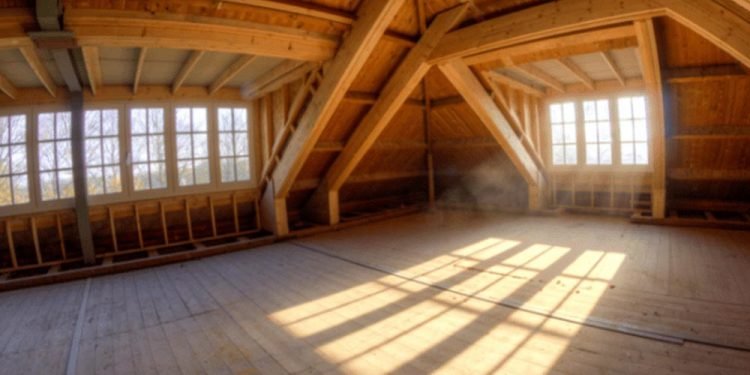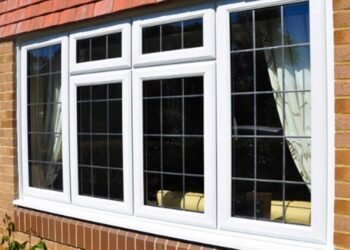Have you ever been in your attic during the summer months and felt like you were in a sauna? The heat can be unbearable and may leave you wondering if it’s bad for your home. The truth is hot temperatures in the attic can cause a range of issues that may go unnoticed until it’s too late. From damaging your roof and increasing energy bills to reducing indoor air quality, the effects of hot temperatures in the attic can be costly and potentially dangerous. In this article, we will explore the potential impacts of hot temperatures in the attic and ways to mitigate them to ensure the health and longevity of your home. You can check out the Professional attic insulation team – Stellrr Insulation & Spray Foam, for more attic insulation tips in Austin, Texas.
The Negative Effects of an Overheated Attic
If you’re finding it impossible to maintain a comfortable temperature in your home, even with the AC on full blast, and your monthly energy bill is through the roof, your attic likely is to blame. An overheated attic can disrupt your comfort and can be costly to repair, leaving you feeling like you’re living in a sauna while simultaneously draining your wallet. Below are a few common problems associated with an overheated attic.
- Damage to the Roof
An overheated attic can cause damage to the roof and shingles due to excessive heat. This damage can lead to costly repairs or replacement and may even compromise the roof’s structural integrity.
- Increased Energy Bills
An overheated attic can cause the temperature in your home to rise, forcing your air conditioning system to work harder to maintain a comfortable temperature. This increased energy usage can result in higher monthly bills.
- Reduced Indoor Air Quality
Heat and humidity in an overheated attic can create the perfect environment for mold and other allergens to thrive, negatively impacting indoor air quality and posing a health risk to occupants.
- Damage to HVAC Systems and Appliances
Overworking your HVAC system to compensate for an overheated attic can lead to premature wear and tear, reducing the lifespan of your HVAC system and other appliances working overtime.
How to Regulate High Attic Temperatures
While controlling the temperature in your attic can be an expensive endeavor, there are ways to keep the heat at bay without breaking the bank. Instead of taking out a second mortgage on your house to cover climate control costs, there are 4 effective methods for reducing heat transfer that won’t leave you in financial hot water.
Choice of Roofing Material
When it comes to fixing or replacing your roof, remember to factor in how your choice of roofing material and color will impact the temperature in your attic. Darker shades absorb heat more quickly and intensely when exposed to direct sunlight. So, if you’re keen on chilling out in your attic, a lighter-toned roof might be a wise starting point.
Adequate Attic Insulation
Having adequate attic insulation is critical for regulating the temperature in your home. With proper insulation, you can prevent heat from entering your attic during the hot summer months and prevent it from escaping during the colder months. This creates a more consistent temperature throughout the year, making maintaining a comfortable living environment easier.
Good Ventilation
Good ventilation ensures air circulates appropriately and prevents heat buildup in your attic. One of the most effective ways to achieve this is by installing a ventilation system, which can help keep the air moving and remove hot air from the attic. With proper ventilation, you can significantly reduce the temperature in your attic and create a more comfortable living environment.
Radiant Barriers
Want to keep your attic cool during the hot summer months? Radiant barriers might be your answer. These reflective shields block the sun’s heat from entering your attic and can be a game-changer for those living in hotter regions. However, keep in mind that they don’t prevent heat conduction, so in colder areas, thermal insulation might be a better investment to keep the temperature regulated all year round. Including loft insulation grants is a great way to save on your energy bills. You could qualify for loft insulation grants if you are a homeowner. To find out more about free insulation grants read the Warma UK full guide on how to qualify for a free grant.
After putting in the effort to create a living space that brings you joy, it’s only fair to feel comfortable within it. However, a sweltering attic can lead to costly damage to your property and increased energy expenses, making it difficult to fully enjoy the comfort of the home you have created for yourself. By implementing strategies such as proper ventilation, improved insulation, and sealing air leaks, you can mitigate the effects of hot temperatures in your attic and ensure your home’s long-term health and safety.












